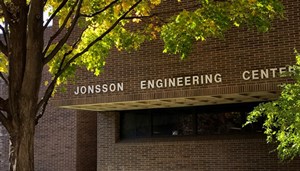News

Rensselaer Polytechnic Institute (RPI) has appointed Pingkun Yan, Ph.D., the P.K. Lashmet Career Development Chair Associate Professor at the Department of Biomedical Engineering at RPI, as head of the Department of Biomedical Engineering.
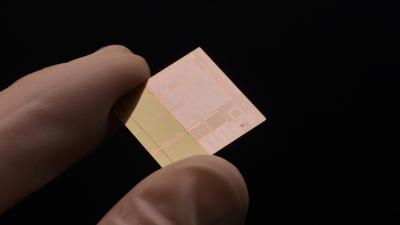
RPI scientists played a pivotal role in the development of a new manufacturing technique that could revolutionize infrared detection technology, potentially making thermal imaging devices cheaper, smaller, more accurate and far more affordable.
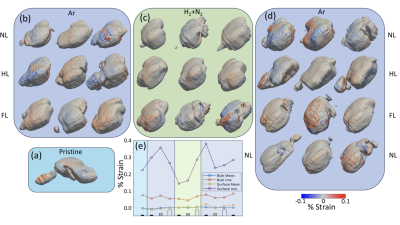
Researchers at RPI’s schools of science and engineering are exploring new ways to manipulate matter with light to unlock a new generation of computer chips, photovoltaic cells and other advanced materials.
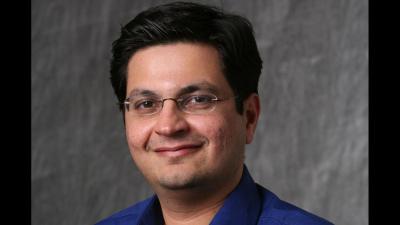
Nikhil Koratkar, Ph.D., the John A. Clark and Edward T. Crossan Professor of Engineering at Rensselaer Polytechnic Institute (RPI), has been named a Fellow of the Royal Society of Chemistry (RSC), one of the highest professional distinctions awarded by the world’s oldest chemical society.
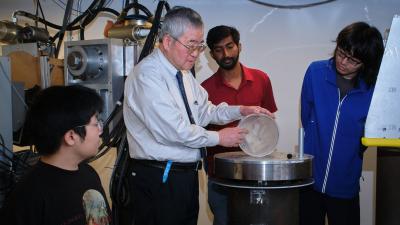
Rensselaer Polytechnic Institute (RPI) is proud to announce that Ge Wang, Ph.D., Clark & Crossan Endowed Chair Professor and Director of the Biomedical Imaging Center at RPI, has been named a recipient of the 2025 Edith H. Quimby Award for Lifetime Achievement in Medical Physics by the American Association of Physicists in Medicine (AAPM).
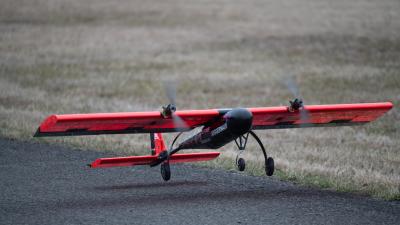
A student team from Rensselaer Polytechnic Institute (RPI) designed, built, and flew a remote-controlled aircraft that delivered one of the best overall flight performances in the history of the American Institute of Aeronautics and Astronautics (AIAA) Design Build Fly competition.
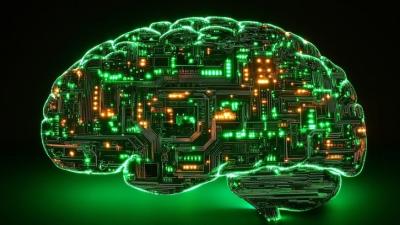
New research from Rensselaer Polytechnic Institute (RPI) could help shape the future of artificial intelligence by making AI systems less resource-intensive, higher performing, and designed to emulate the human brain.

Rensselaer Polytechnic Institute (RPI) announced the appointment of Professor Jennifer Pazour, Ph.D., from the School of Engineering and Professor M. Hakan Hekimoglu, Ph.D., from the Lally School of Management as James M. Tien ’66 Dean’s Faculty Fellows in Decision Sciences and Engineering Systems (DSES).
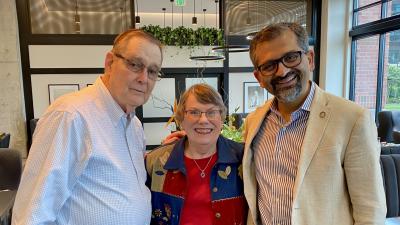
The Howard P. Isermann Department of Chemical and Biological Engineering, in partnership with the School of Engineering at Rensselaer Polytechnic Institute (RPI), is proud to announce Mattheos Koffas, Ph.D., as the recipient of the inaugural Feltham ReEqu

RPI School of Engineering has named R. Helen Zha, Ph.D., as a Dean’s Faculty Fellow, recognizing her exceptional accomplishments in research, education, and service.
